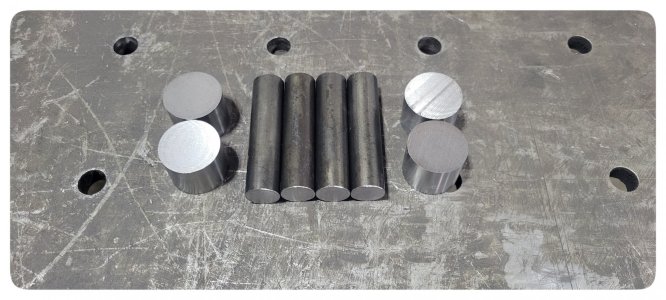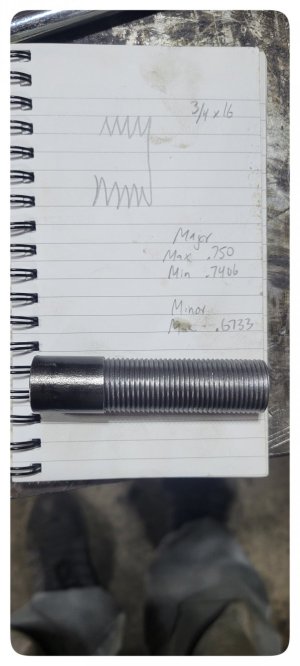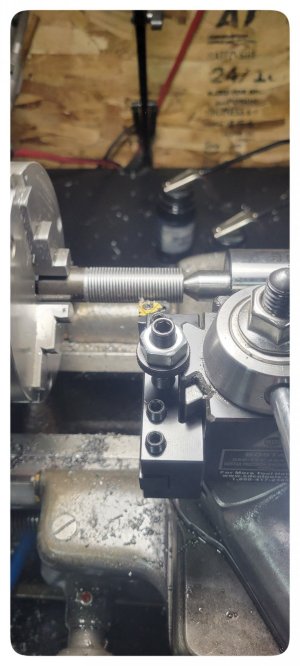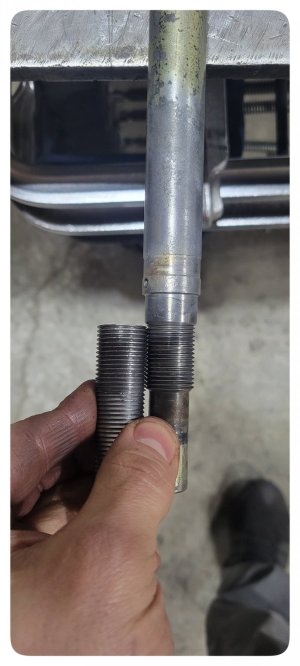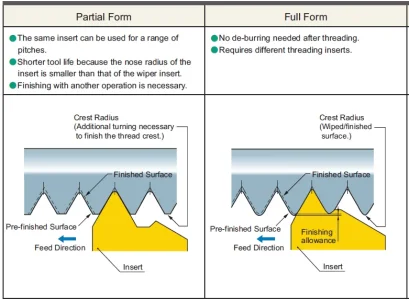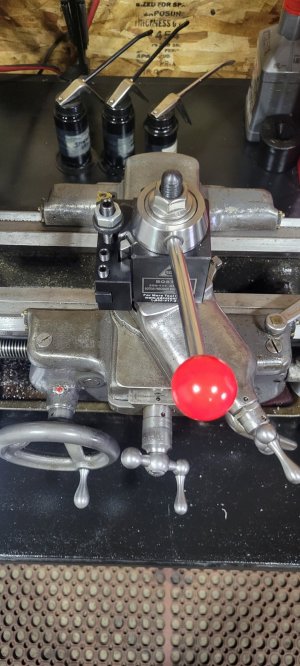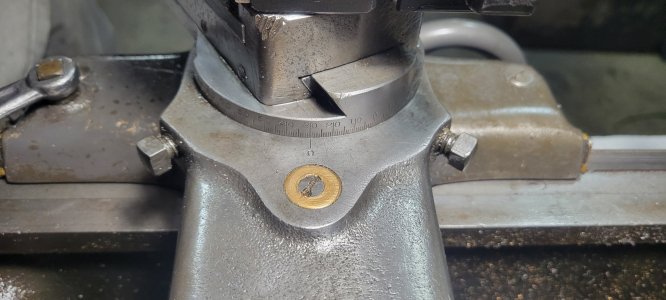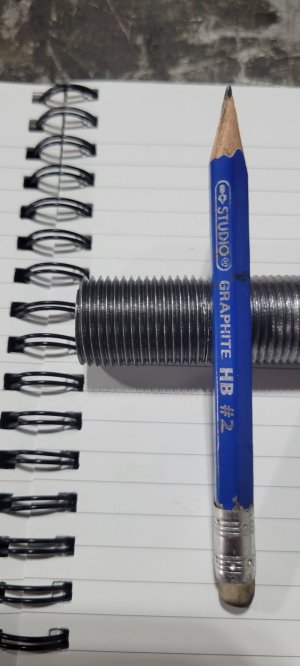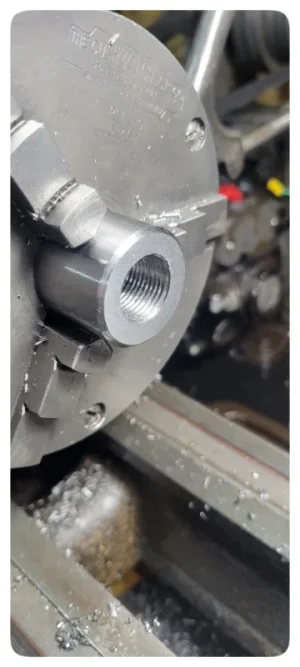Just found your Active project thread.
It was / is quite interesting.
I also have a RF45 clone. I got mine from Modern Tool 18 months ago.
Where did you get yours from?
I too have a power x - feed. I got it as an extra with the mill from Modern and it was a very simple install. Easy easy but cost $550.
I love it. Well done on your x-feed installation. Looks like you also have a DRO. Love that also. Both awesome accessories.
I liked the video that @Proxule posted. Painfully long, but very interesting. An easy improvement for rigidity for this type of mill. I’m going to do my own testing/experimenting with that added bracket.
Your stand build is quite impressive. My stand too was home built and maybe overkill on making it heavy, strong, and very rigid. My stand weighs over 300 pounds.
What other modifications or accessories do you have in mind for your mill?
It was / is quite interesting.
I also have a RF45 clone. I got mine from Modern Tool 18 months ago.
Where did you get yours from?
I too have a power x - feed. I got it as an extra with the mill from Modern and it was a very simple install. Easy easy but cost $550.
I love it. Well done on your x-feed installation. Looks like you also have a DRO. Love that also. Both awesome accessories.
I liked the video that @Proxule posted. Painfully long, but very interesting. An easy improvement for rigidity for this type of mill. I’m going to do my own testing/experimenting with that added bracket.
Your stand build is quite impressive. My stand too was home built and maybe overkill on making it heavy, strong, and very rigid. My stand weighs over 300 pounds.
What other modifications or accessories do you have in mind for your mill?

